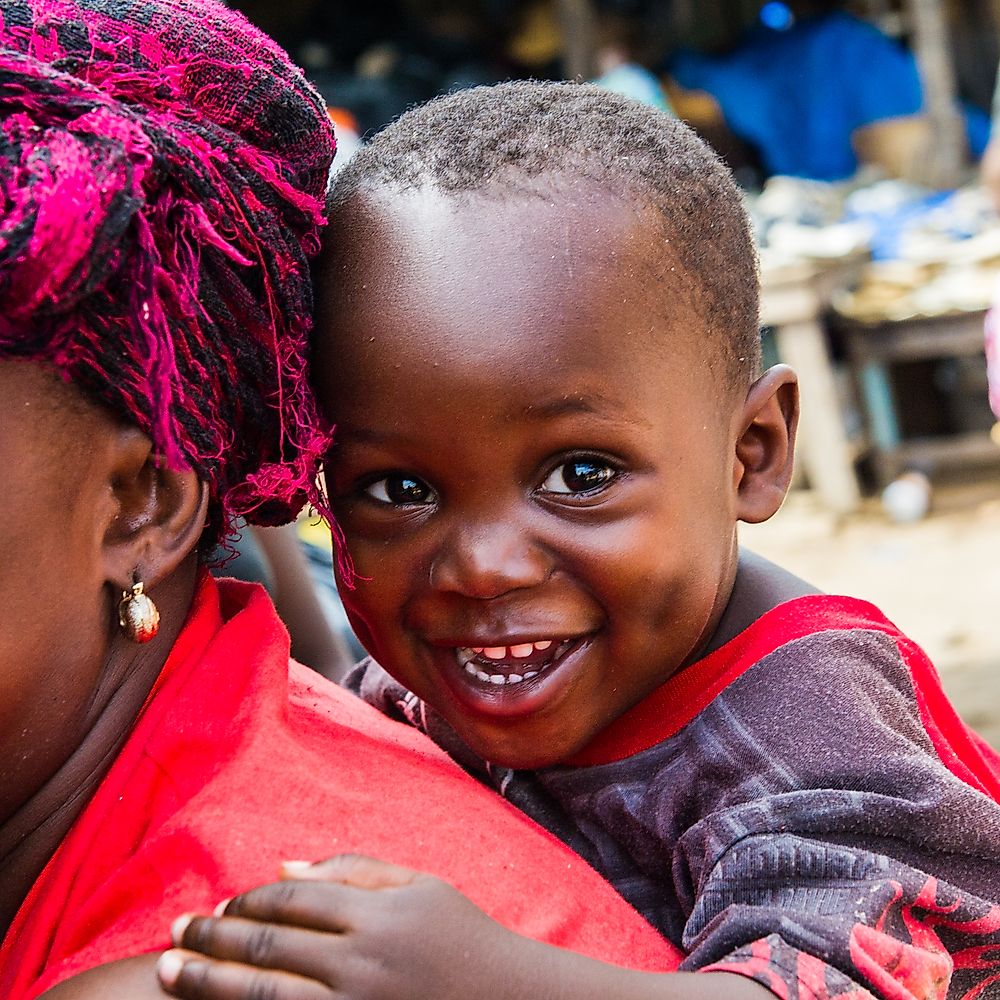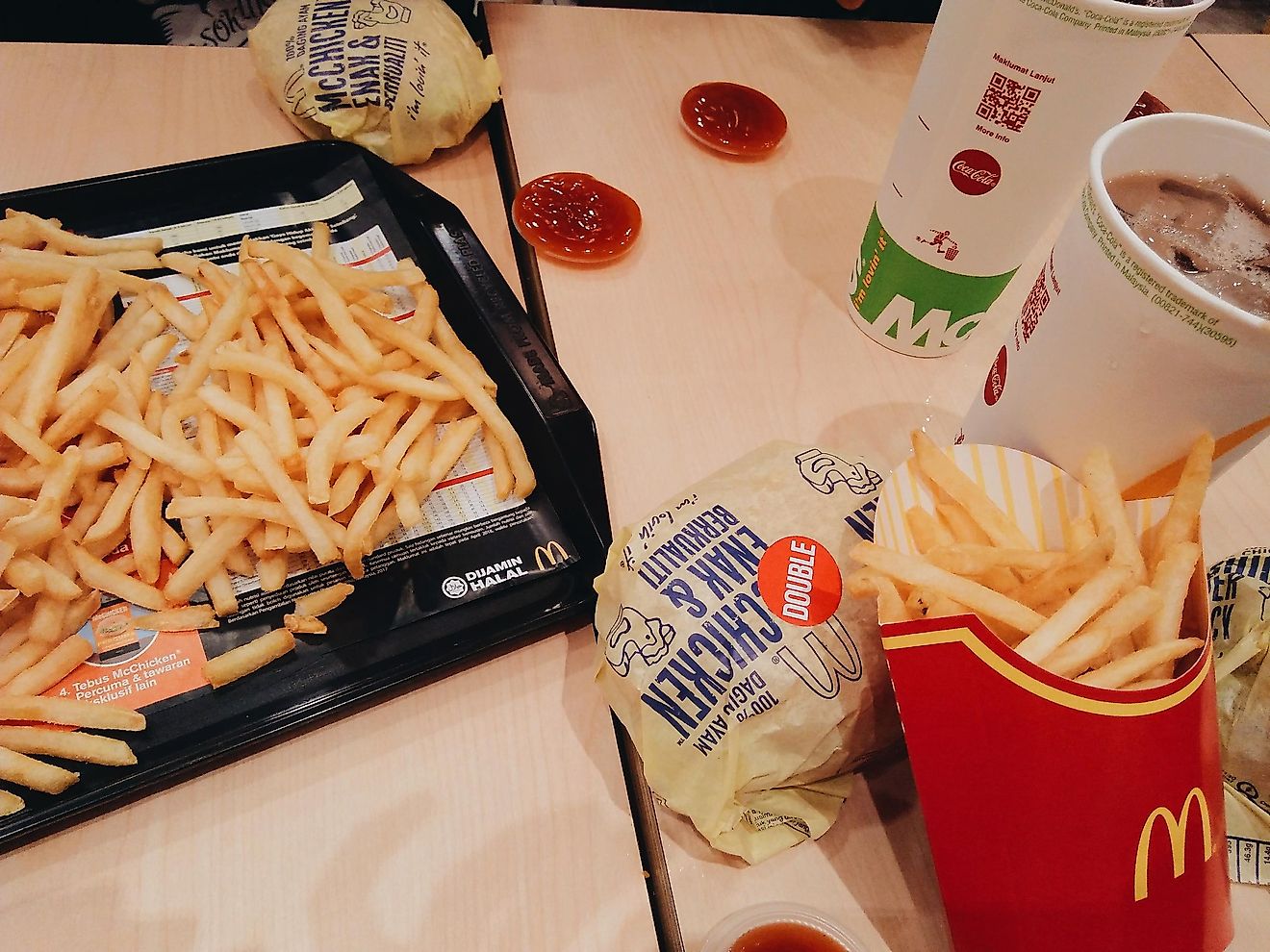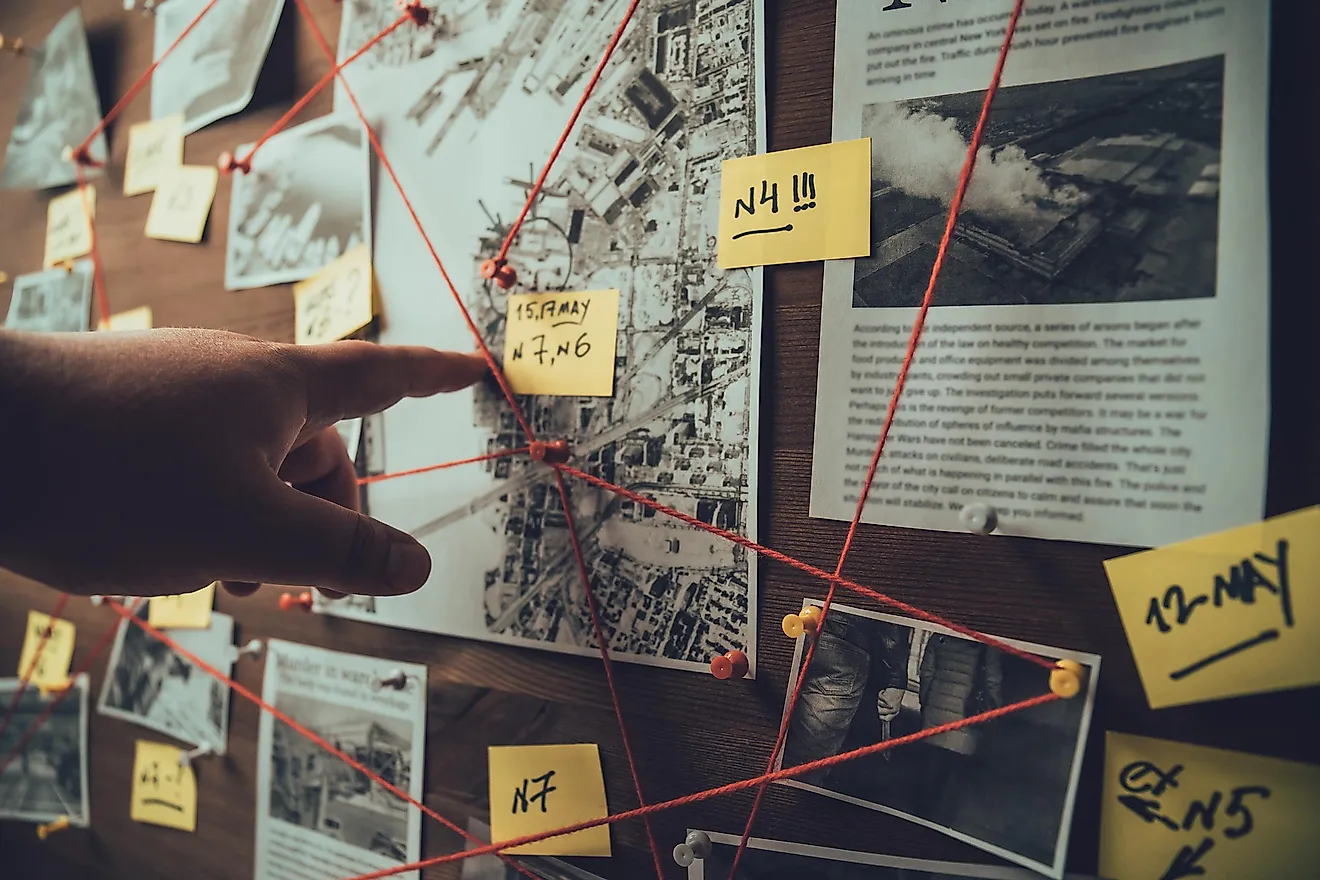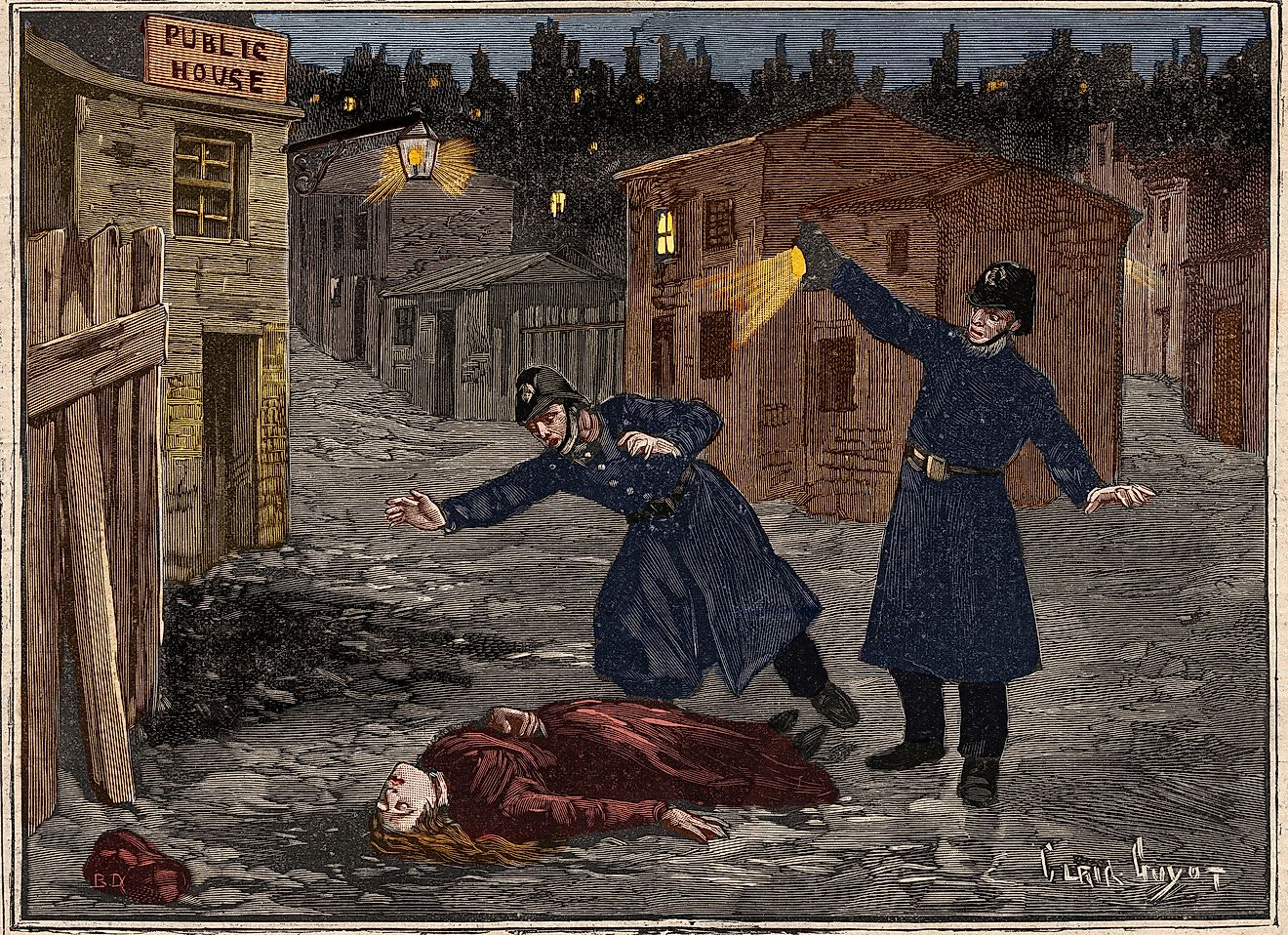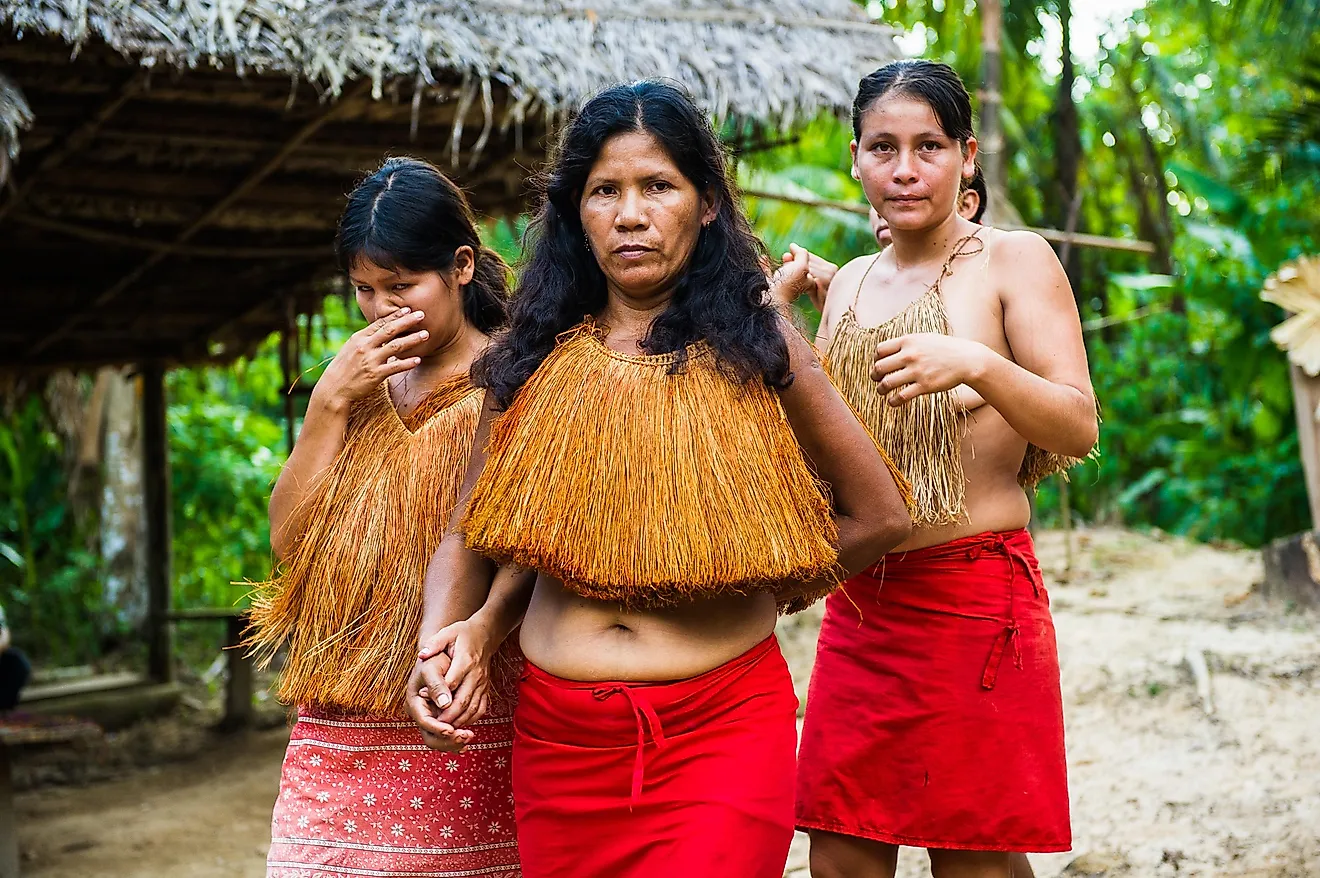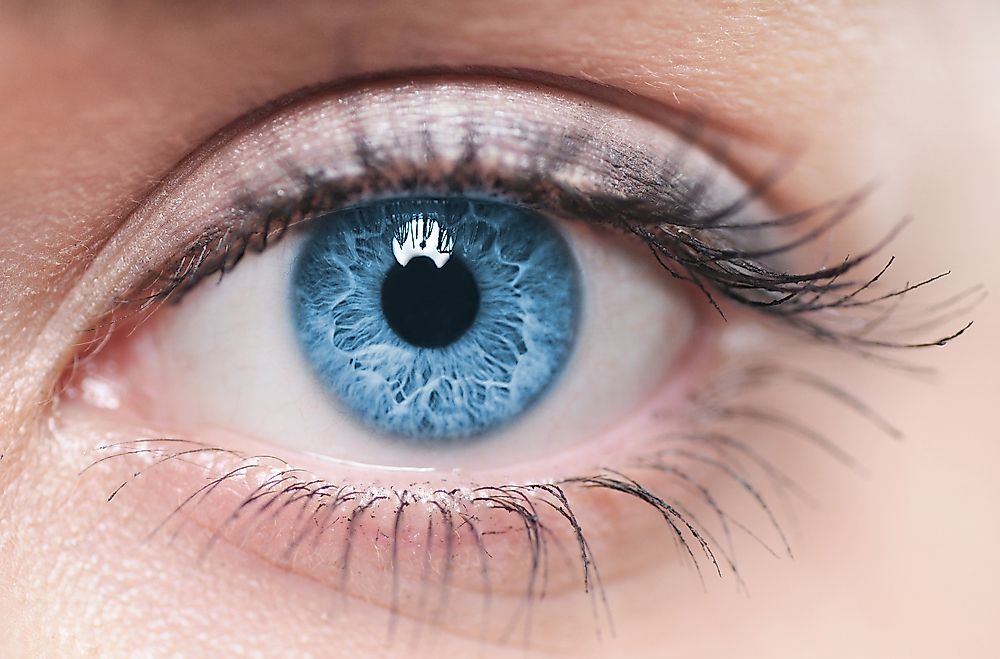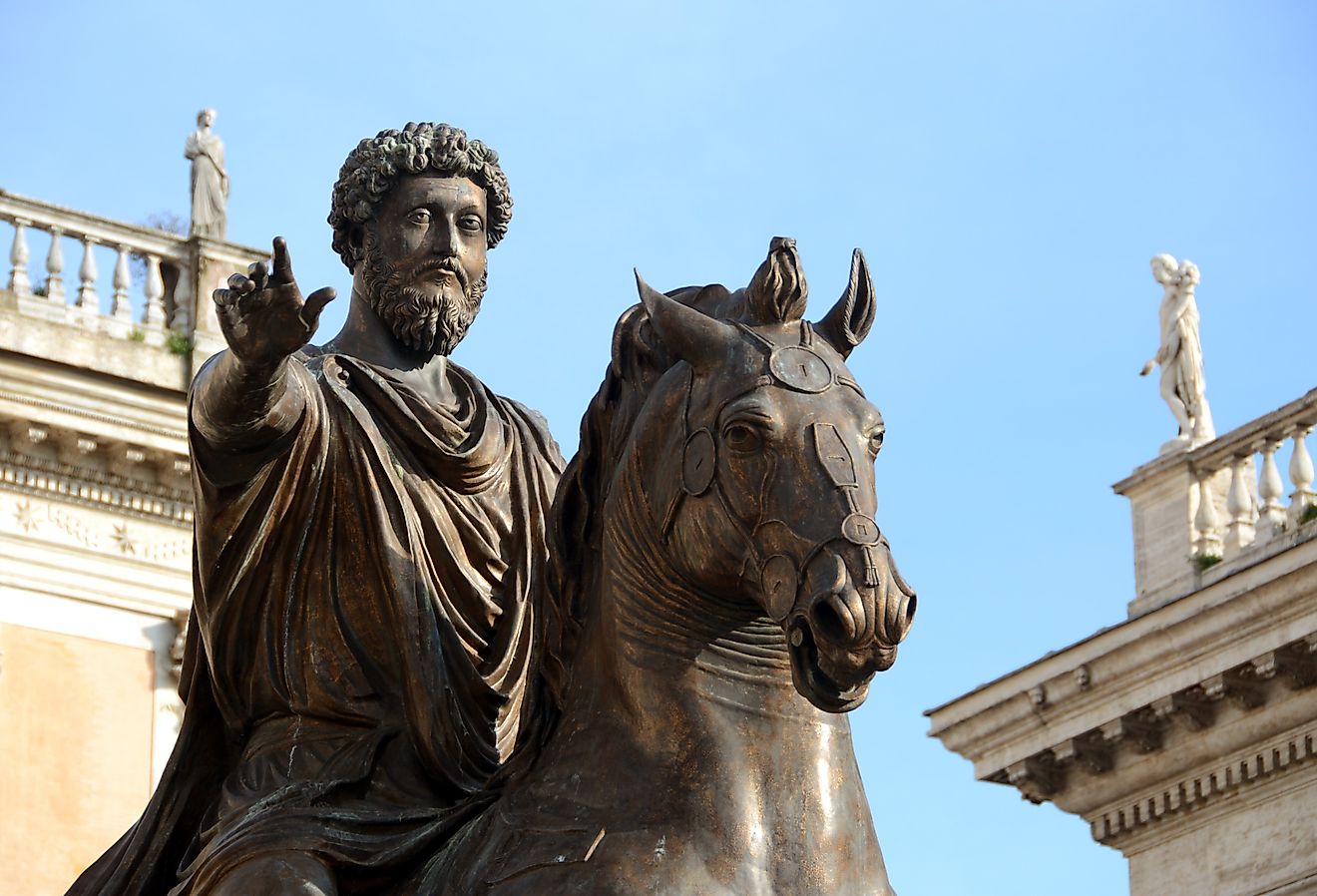Remembering the Stonewall Riots

The Stonewall Riots were a series of violent clashes between members of the LGBT community and the police force that happened in New York City in 1969. The riots are seen as the jump start point of impactful gay rights movements across the world. It all started on one early-summer night, June 28, 1969, in New York City, when over 400 people rose against oppression and discrimination, and set in motion the wheels of change for future generations of gay, lesbian and trans people.
Political Climate of the 1960s
Being gay in the late sixties was against the law. The societal restrictions were extremely tight for anyone who either was gay or didn't appear to conform to gender norms. Things as simple as affection between two people of the same sex in public was very likely to end up in an arrest, beating, or even worse.
Considering that at the time New York City was home to the largest number of gay people in the whole United States, crime families of the Big Apple saw that as their perfect money-making niche. In order to "protect their market", the mob financially backed several big, underground gay clubs in New York while at the same time protecting them from the law enforcement by paying them off dirty cops.
However, since, at the time, the state was set on imprisoning as many gay people as they possibly could, they would entrap them and make arrests. Obviously, it wasn’t possible to bribe all the cops in New York and there were so many people being arrested on a weekly basis, that it seemed like it was never going to end.

Photo from the New York Public Library.
Before the Riots
Although underground gay bars were considered a safe haven for LGBTQ people looking for some type of normalcy, safety and the basic freedom to be themselves, they weren’t exempt from police raids and harassment. The Stonewall Inn was one of such places. Located in Greenwich Village, Stonewall was, at the time, supposedly working without a valid license for selling liquor. On the day of the raid, June 28, 1969, the police charged into the bar, arrested those working for breaking the law of selling alcohol without a license. They beat up the customers and arrested also those whose gender appearance didn't necessarily match their identification document.
Those in charge of the bar, as well as the patrons, were taken completely by surprise by the raid. They had no time to warn anyone or to make sure that the police didn’t find the liquor. The police lined up the guests against the wall and asked for identification – which had to match their gender, otherwise, they were arrested. Others that didn’t have proof of identity on them were taken in the back to have their sex proven.
Obviously, this was troubling for the bar patrons. This was their sanctuary, a place where they could come to and be welcomed when so many other places where gay people gathered simply weren't accepting of them. Some simply resisted showing their documents. The police decided to rally them all and take them into custody, which was the pivotal moment remembered in history. A black trans woman, Marsha Johnson, threw a shot glass into the bar mirror as a protest. Although this is now an iconic moment in history, not one of the persons involved could have any idea whatsoever that this would be the night they would quite literally change the history and have so much influence over what happens in the future for LGBTQ rights movements all across the world.
The Riots
While the patrons were resisting the police demands inside the bar, people were gathering in front of the Stonewall Inn in the hopes of finding out what is happening inside and whether or not their friends were safe – many of the outsiders were those who managed to get out before the police got to the inside. When the police started escorting the patrons of the bar inside the police vans, the crowd didn’t forfeit, as they have done many times before. This time they decided to voice their stance and began throwing things like debris and rocks they found on the street at the police while mocking them. This was not in any way usual behavior and the police had no choice but to call for backup while retreating into the bar with barricades. An angry mob of roughly 400 people tore down the barricades more than just once and finally set the Stonewall Inn on fire. The police backup arrived and was able to put out the fire in time before anyone inside got hurt.
End of the Riots

Monument to the Stonewall Riots. Editorial credit: poludziber / Shutterstock.com.
Everything calmed down at around 4 am that night, and it seemed like it was over. Although the crowd finally did scatter that night after the police reinforcement came and the fire was placed under control, the riots didn’t end there – they lasted for the next five days. People showed up every night, again and again, to protest the insufferable social injustice and persecution being done to those identifying as a marginalized group.
The difference between the Stonewall Riots and other protests that were happening in the name of various sexual minority groups is that this was the first one that actually united all of them under one goal. These riots happened at the time when civil rights and feminist movements were starting to take shape and change history, and they added a level of legitimacy needed to jump-start the bigger changes in society.
A year after the riots, on the anniversary of the events, there was an organized march, today considered the very first Pride Parade.
Riots at Stonewall quickly became an inspiration and symbol for a united front against discrimination and injustice done to LGBTQ groups for far too many years. It also served as an impulse for a new type of policies and movements within the political and social framework that is now the groundwork of activism in this respect.
